A Guide to Beach Photography Techniques
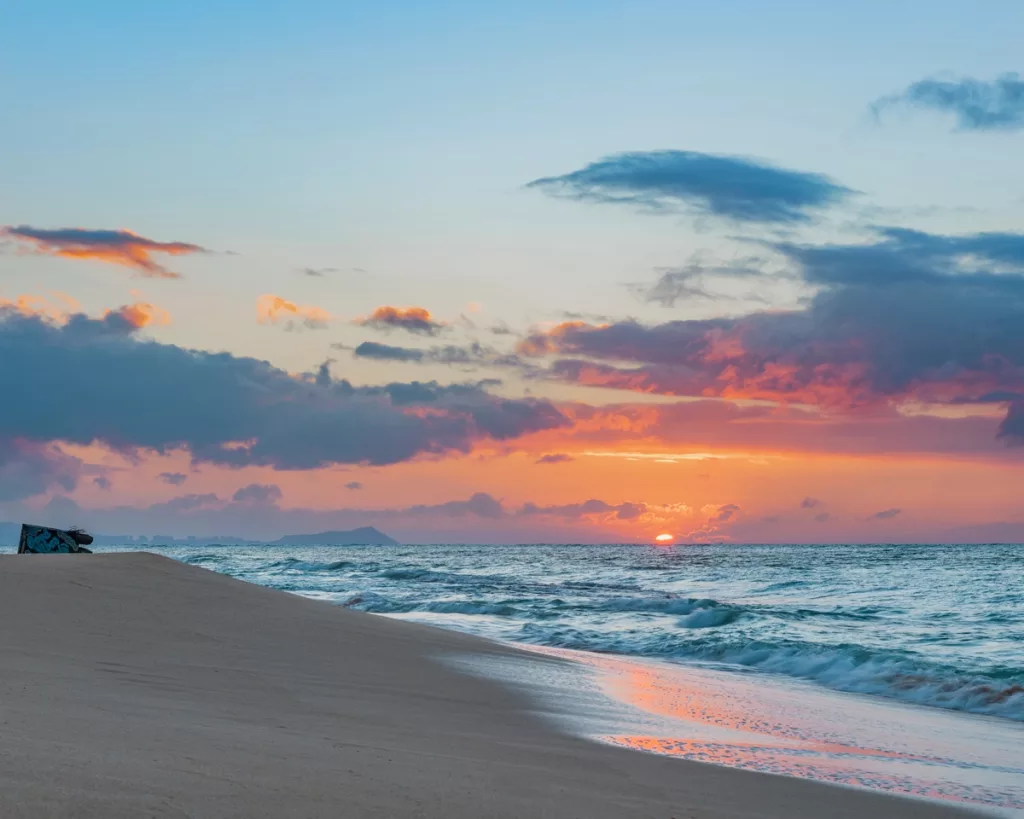
Hawaii is home to some of the most breathtaking beaches in the world, each with its unique charm and beauty. The islands of Hawaii offer endless opportunities for beach photography. However, capturing the perfect shot requires a little bit of skill and technique. Here’s some tips and techniques in capturing the beauty of Hawaii’s beaches.
Timing is Everything
One of the most important things to consider when photographing a beach is timing. The lighting and colors of a beach can change dramatically throughout the day. Depending on the time of day (and your style of photography), you can create images that evoke different feelings of emotions through the colors that the environment presents. For those that prefer magical, soft, warm colors, i’d suggest shooting during the “Golden Hour”. The hour before the sunset or after sunrise. The “Blue Hour” can also be an ideal time capture very interesting colors. This usually occurs an hour before the sunrise or after the sunset.
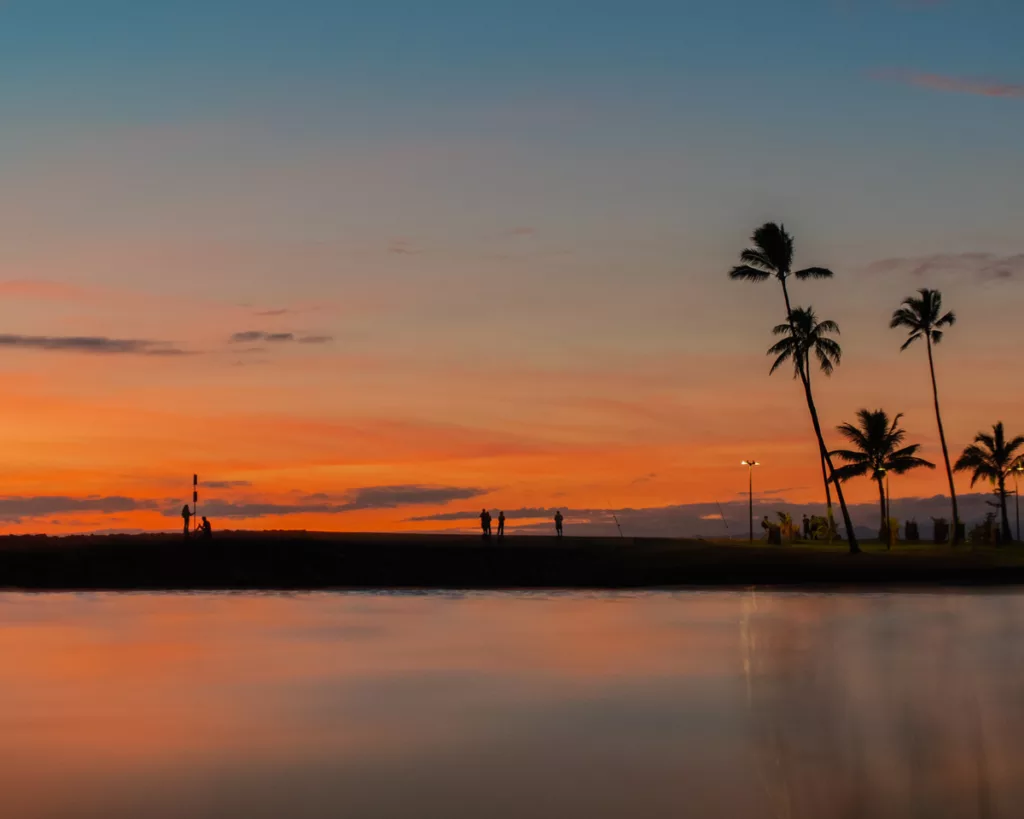
Choose the Right Equipment
While a smartphone camera can capture decent shots, a DSLR or mirrorless camera with will give you more creative control over your photos. Use a wide-angle lens to include a wider view of the gorgeous beaches here. Everything from the sand, to the sea, and clouds with be able to fit within the confines of your frame. A polarizing filter can also help reduce glare and enhance the colors of the water and sky. Another filter you can use is a Neutral Density filter. This will allow you to use slower shutter speeds in order to create a sense of motion that’s present from the motion of the ocean.
Experiment with Composition
Experiment with different compositions to add interest to your beach photos. You can do this by following the rule of thirds and positioning the horizon-line off-center. You can also include foregrounds element like a rock or driftwood to add more depth to your image(s).
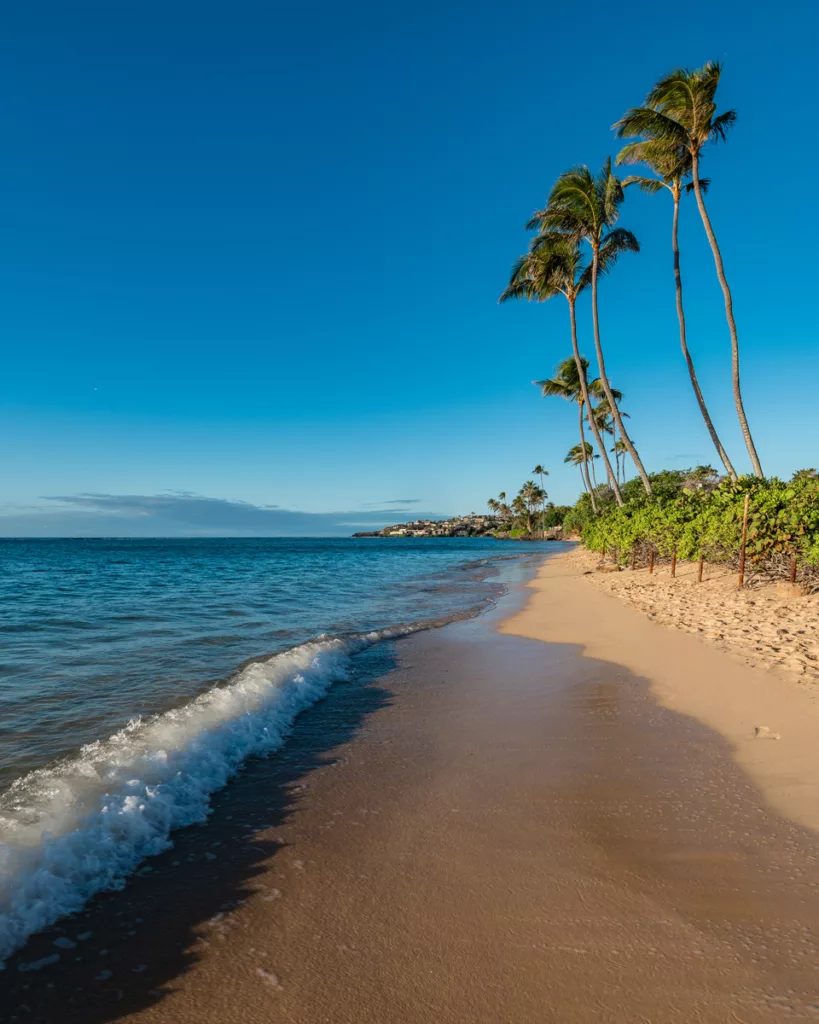
Consider Your Shutter Speed
When photographing the beach, a long shutter speed can create a dreamy, ethereal effect on the water and clouds. While a fast shutter speed can freeze the motion waves and people galavanting on the beach. Experiment with different shutter speeds to find the effect that best suits your vision.
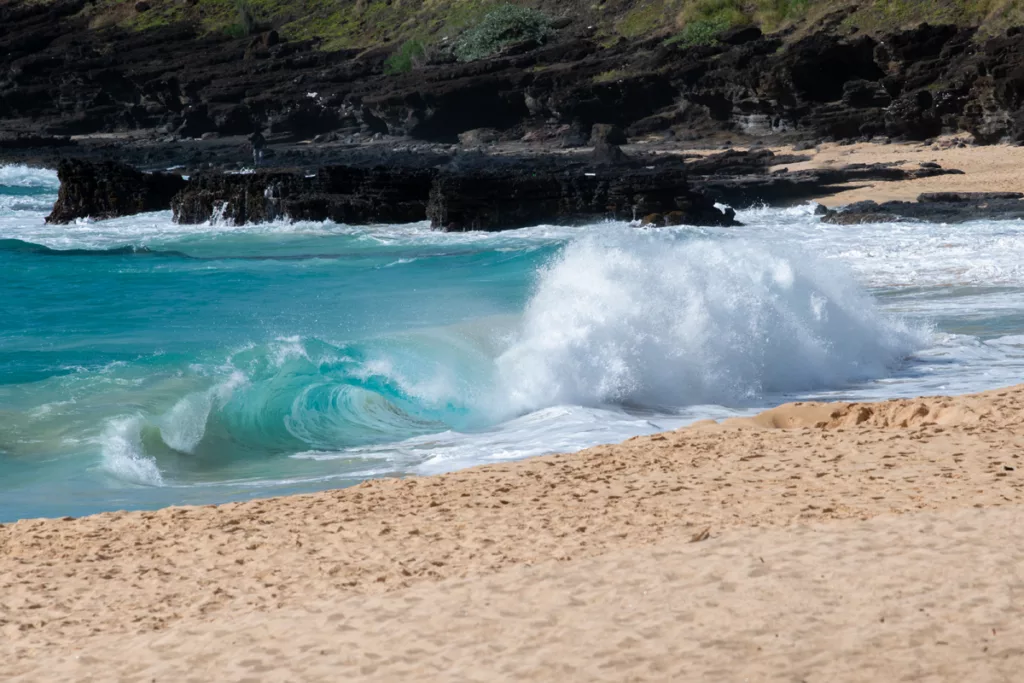
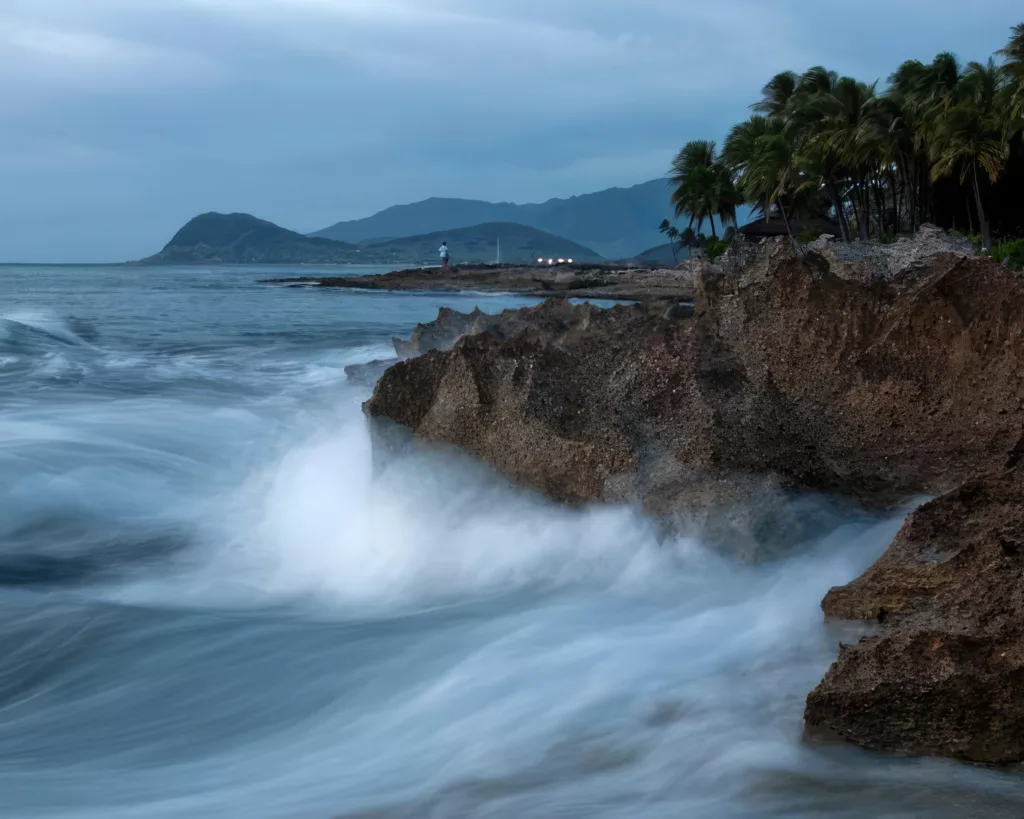
Capture the Details
Don’t forget to capture the details that make a beach unique. Textures of the sand, patterns of the waves, and footprints along the shore can all add interest to your photographs. There’s really no right or wrong way to create photos that you like. Just have fun and remember that rules are meant to be broken.
Don’t be Afraid to Get Wet
Some of the most stunning beach photos are taken from the water. Consider renting a waterproof housing for your camera and experiment with capturing shots from the water’s perspective. A tip in keeping your camera dry from the elements is by using a ziploc bag. Place your camera inside of it with the lens facing the opening. You can then secure the bag by placing a rubber band around the lens. This will prevent your camera body from getting damage from salt-sprays while protecting your precious investment. After photographing near the ocean, I like to place my silica pouches in my camera bag. This absorbs any moisture that might’ve accumulated inside your camera while out at the beach.
Overall, capturing the beauty of Hawaii’s beaches requires a little bit of planning, experimentation, and patience. With the right timing, equipment, and techniques, you can create stunning images that capture the essence of Hawaii’s beaches. So, grab your camera and head to the beach to photograph some of Hawaii’s beautiful natural scenes.